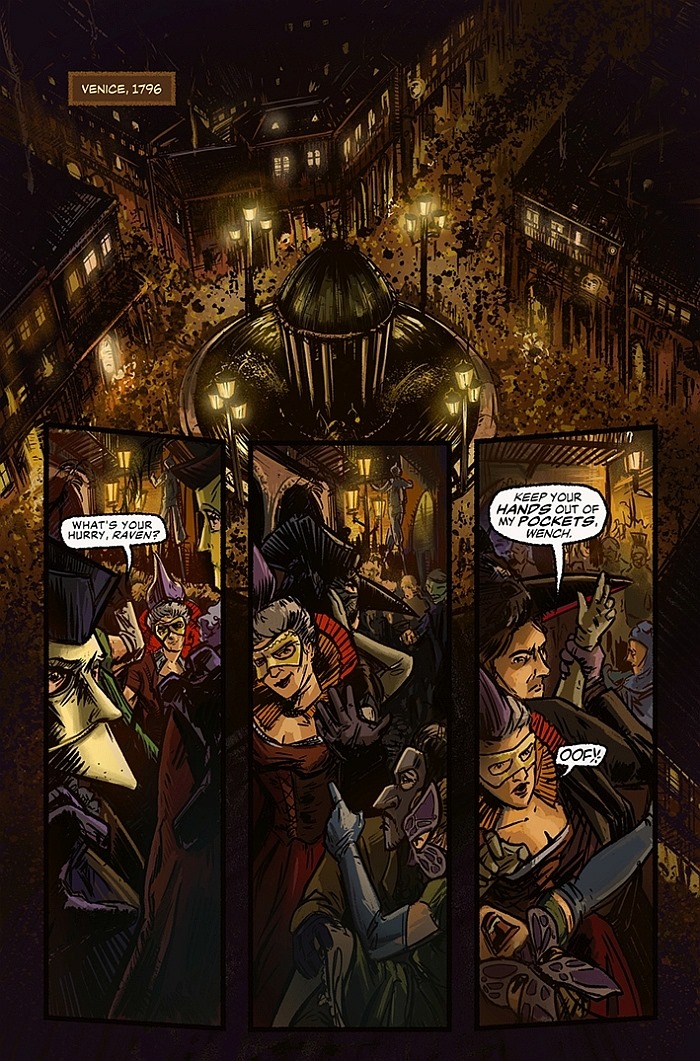

Symbolism is an important literary device, and the author uses it to bring out the meaning and emotion more clearly. This is generally the use of objects to represent the actual with a significant meaning.

Symbolism means using symbols to signify ideas and qualities and the meaning of the symbols are always different from the literal sense (Francisci, 2014). This paper will give a detailed analysis of the author’s symbolism to strengthen the ideas in the story. “The story is told in the first person narrator who claims that Fortunato has hurt him by insulting him” (Poe, 2012), clearly, but this only takes the readers in circles as they cannot tell the authenticity of Montresor’s claims and even though this is not clear he still plans to take revenge on Fortunato.

He meets Fortunato at the carnival and decoys him into the mausoleums at his household and entombs him alive by building a wall to cover him so that he can die slowly. He accuses Fortunato of always insulting him and plans his revenge mission well. Montresor intends to seek vengeance in support of his family motto: "Nemo me impune lacessit."("No one assails me with impunity.“The short story ‘The Cask of Amontillado’ was inscribed by Edgar Allan Poe, the story is about a gentleman named Montresor who decides to take vengeance on another man named Fortunato. Montresor, the sinister narrator of this tale, pledges revenge upon Fortunato for an insult. "The Cask of Amontillado" is a powerful tale of revenge. Palazzo represent wealth because it's a big mansion or public facility. " Indirect characterization Montresor Ex) " the thousands injuries of fortunato had borne as I beat could but when he ventured upon insult, I vowed revenge." Symbol Amontillado represent temptation because Montresor was tempting fortunato to see the cask of wine

Protagonist Montresor Antagonist Fortunato Direct characterization Fortunato Ex) "although in other regards, a man to be respected and even feared.


 0 kommentar(er)
0 kommentar(er)
